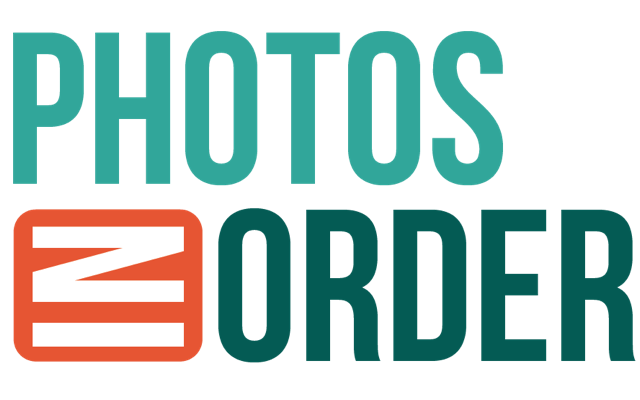How to Declutter, Digitise, Store, and Back Up Children’s Artwork
January 25, 2021In my last post, I shared a few ideas about how to display children’s artwork. Today, let’s talk about how we can declutter, digitise, store, and back up these masterpieces. Whether they’re on display or not doesn’t matter.

Decluttering Artwork
It is oftentimes very difficult to let go of something our children have created. However, as with other stuff, there needs to be a flow: things come into the home and eventually will have to leave. Otherwise, we will become overwhelmed and inundated with clutter.
So, how can we make good decisions? First of all, you might actually want to involve your children in this process. Ask them what they want to keep. You might be positively surprised at just how easy they can make these decisions.
If you struggle to decide, use the same approach that you would use with photos. Here are some questions you can ask yourself:
- Are there multiples or very similar versions of the same?
- Do you like it – does it bring you joy?
- Does the work represent an important stage in your child’s development?
- Imagine looking back in 20 years – would you still think it is relevant?
- Is it an original piece of art or was it just some colouring activity?
It might also help to categorise the work and make the following piles:
- Keep, digitise and archive
- Let go, digitise first
- Let go without digitising it
You can make these decisions each time something new comes home. We prefer to collect it throughout the year and then decide at the end of a school year. This has the advantage that you gain a little bit of distance and might be able to decide with more ease.
Ways to Digitise Your Children’s Masterpieces
Space is valuable and we simply can’t keep every little scribble our children ever produced. And no, most children don’t want these things once they move out. So, why not digitise the pieces of art so we can get rid of the originals and only archive the best ones?
There are several ways to digitise artwork; find the one that works best for you. Before you start, think about what you will do with the digital photos. Do you want to create keepsakes, photo gifts, or a photo book? Do you want the photo solely for backup reasons? This is important to know beforehand so your digital versions will be of good enough quality.
Scanning
If you decide to scan, you should use a good quality scanner and scan at 600 dpi–or at the very least, 300 dpi. If you plan to use the digital version to have – for example – a canvas print, this 300 dpi size may not be enough, depending on how large the print is. If you don’t have a scanner, you might want to rent one or outsource the project (find your local professional photo organiser in the directory at The Photo Managers or give me a call on 0413 216 589).
Phone Apps
These days, there are quite a few apps out there that enable you to scan your children’s artwork quickly and at low cost, or even free of charge. Some of the apps let you create a photo book and other keepsakes very easily. Artkive and Keepy (no affiliations) are two of the popular ones..
Photograph
This is definitely my preferred method due to quality reasons. As with a phone app, you take a photo. This is of course the easiest way to digitise 3D artwork but also bigger paintings and drawings. Make sure that you have good light conditions and no glare. If you have a lot of artwork to photograph, you might consider buying a lightbox tent, which is great to photograph especially 3D objects like a pro.
How to Store Children’s Artwork
Now that you’ve digitised the originals and discarded the ones you don’t want to keep you will still have some exceptional creations that need to be stored and archived.
The easiest way to store flat artwork is a simple art portfolio. You don’t need one of the sophisticated expensive ones; a simple paper art portfolio will do (something like Jasart A2 Folio Kraft). If you and/or your child are the creative type you can even make one yourself.
Label it clearly with ‘Child’s Name + Year’. The advantage is that it puts perimeters on it for you. It is best to store the portfolio flat, especially if it’s a paper one. Otherwise, you risk having deformed artwork if the portfolio doesn’t stay completely vertical.
The larger 3D work takes up a lot of space and, realistically, only a few if any at all can be kept and archived. The easiest way to do this is using a clear storage container. This will not only keep it dust-free but will also set a space limit.
How to Back Up Artwork
Once you have digitised the artwork I recommend backing up these files. Ideally, you want to use the 3-2-1 backup rule: 3 copies on 2 different mediums (external hard drive, CD, computer, USB, cloud) and keep one copy off-site. This could be one medium kept away from your home or the cloud. If you decide to use a cloud service to back up your photos or files be very mindful of the small print. There are good options but they don’t come free. Find out more about backing up in this free backup guide.
Last but not least – throw out the original artwork!
Well, if you decide not to keep a piece of art throw it out straight away or repurpose it. More about this in the next post about artwork. If this is not an option, try at least to recycle it.


0 Comments